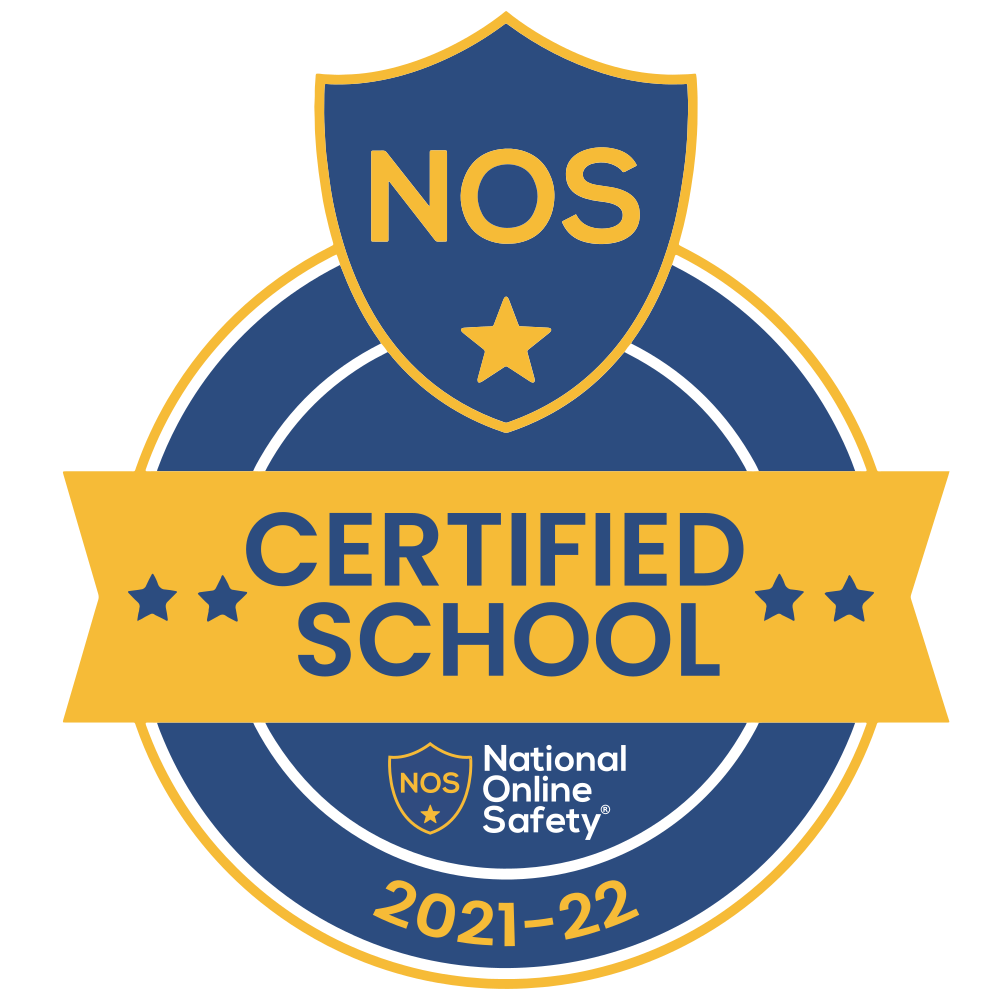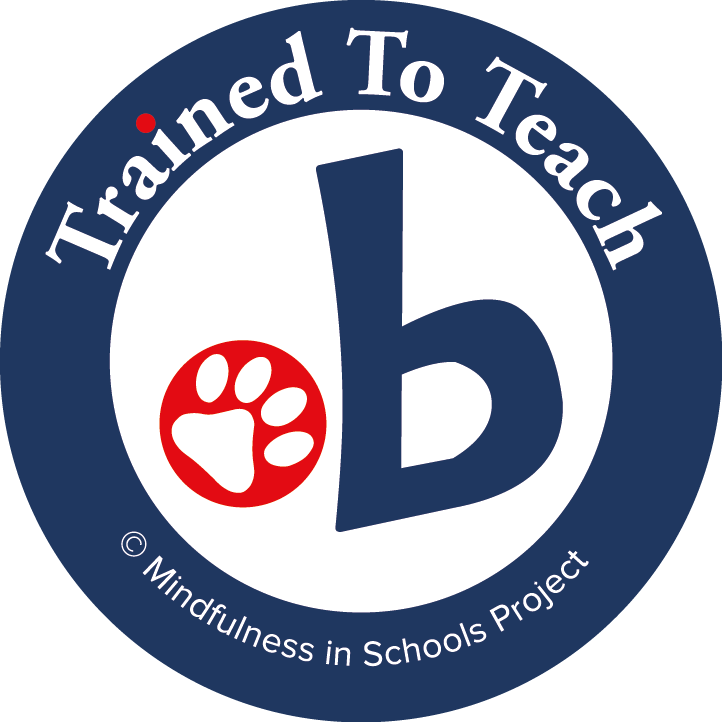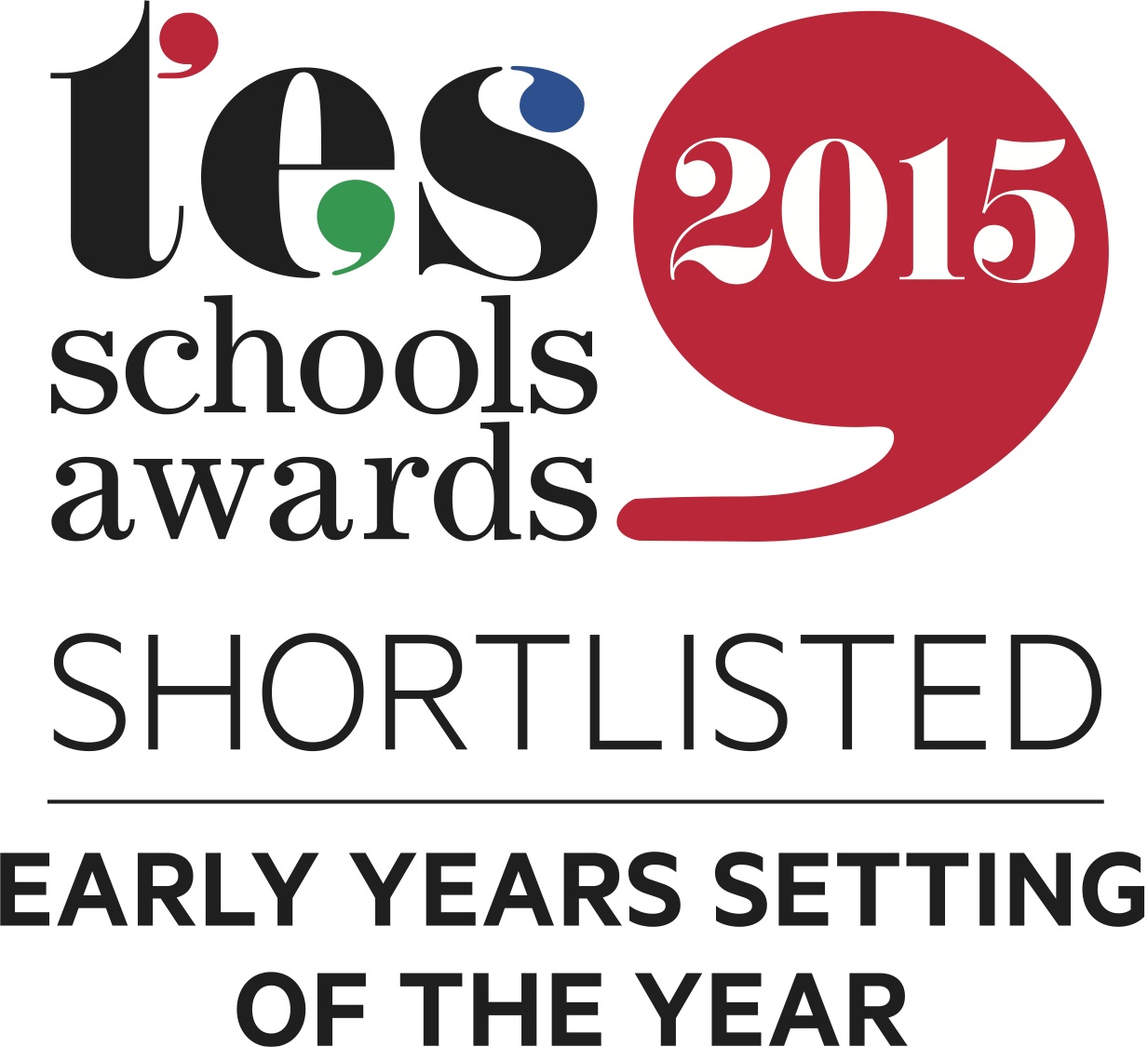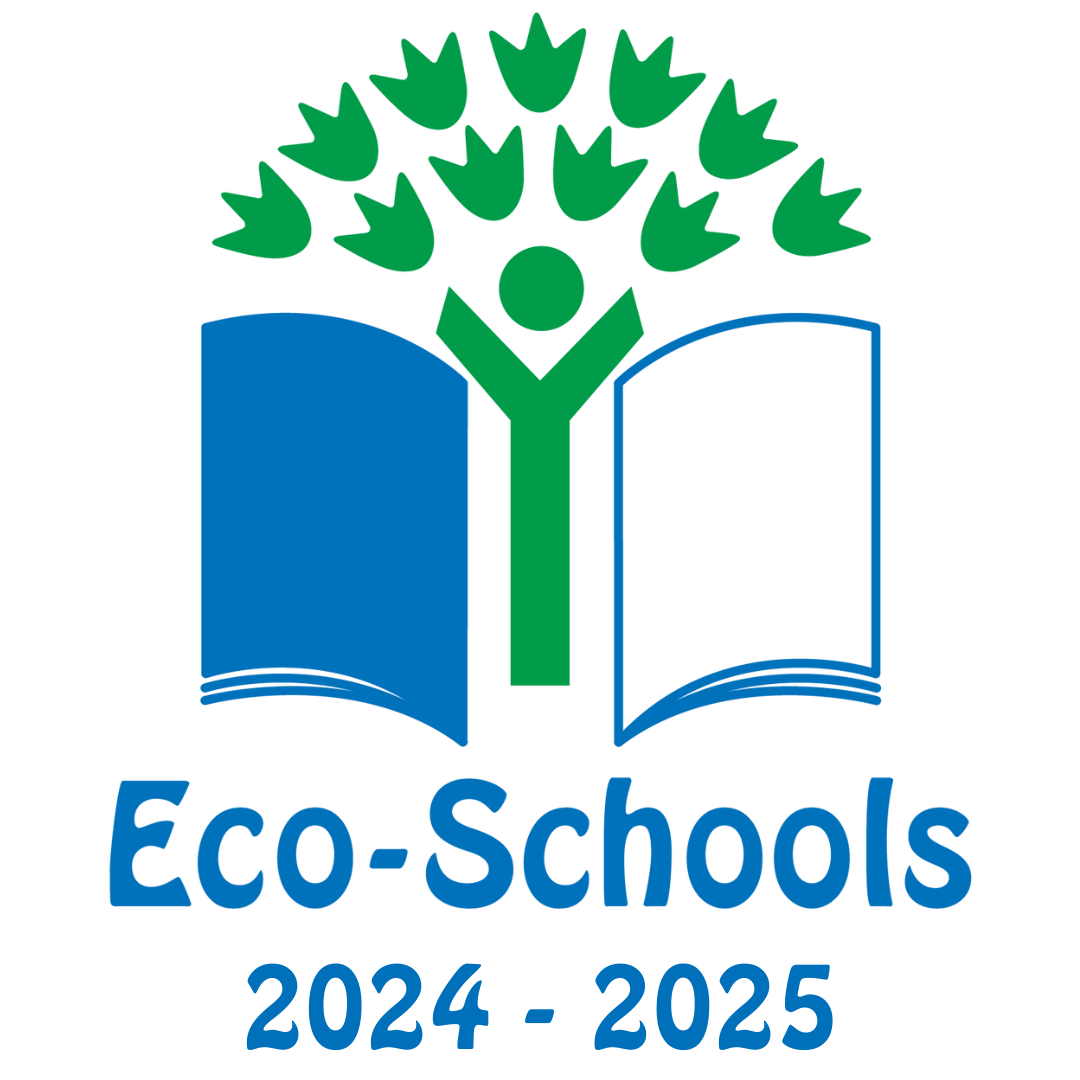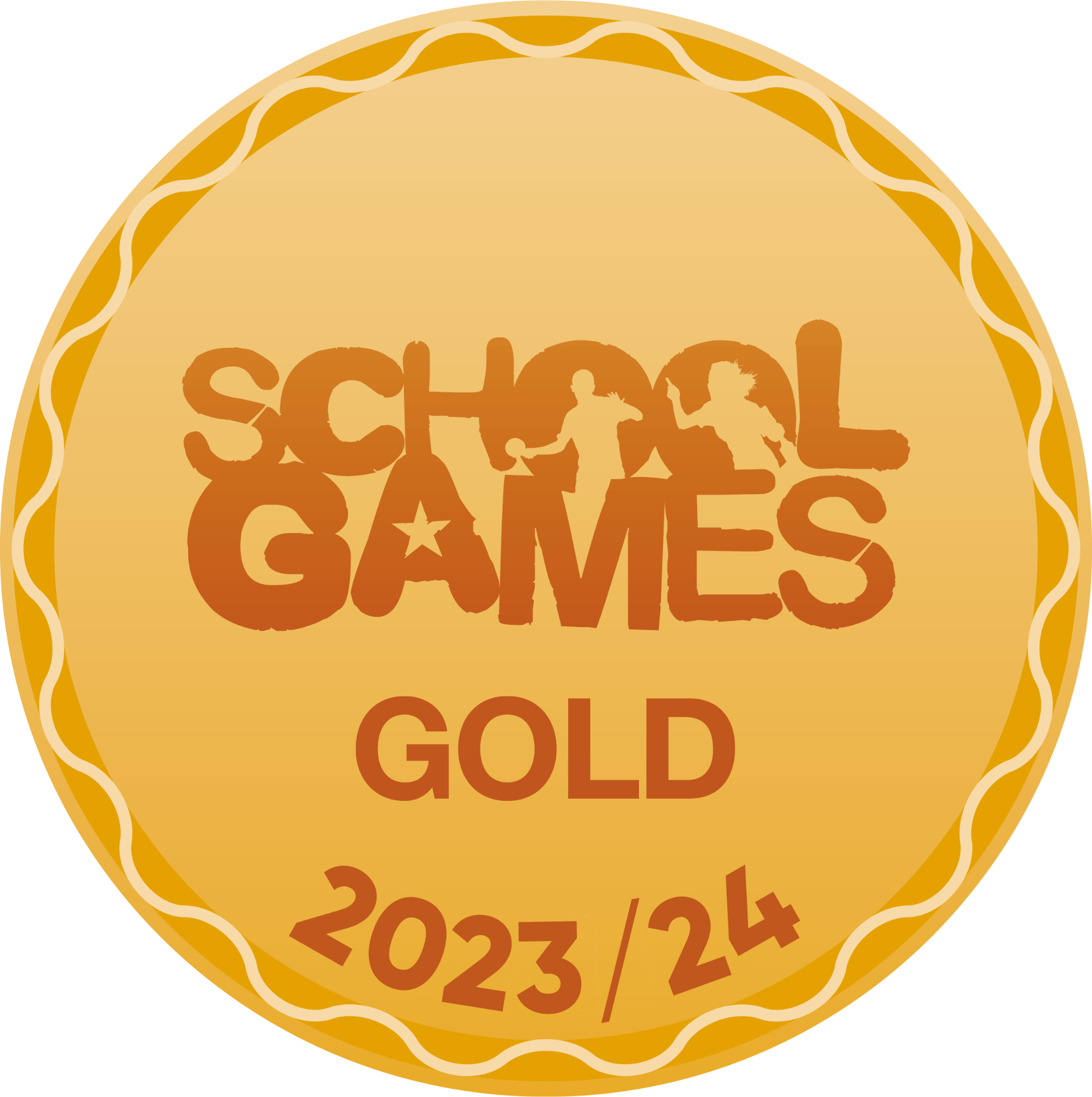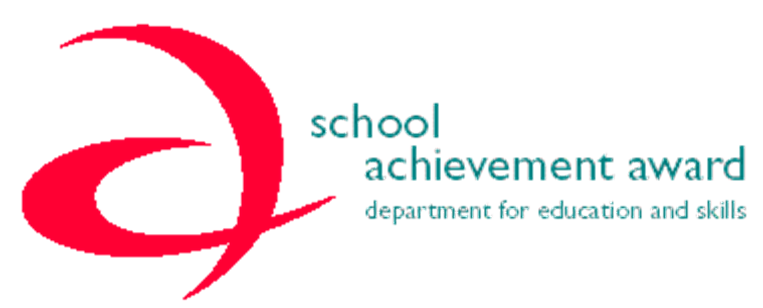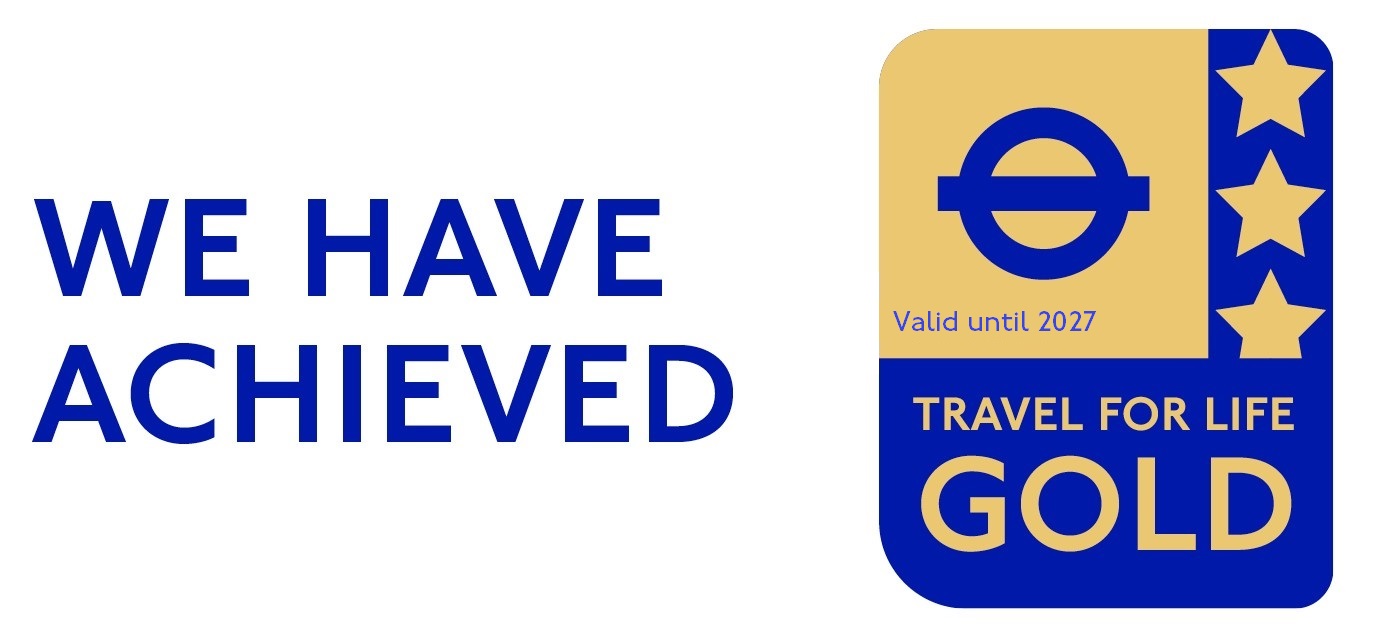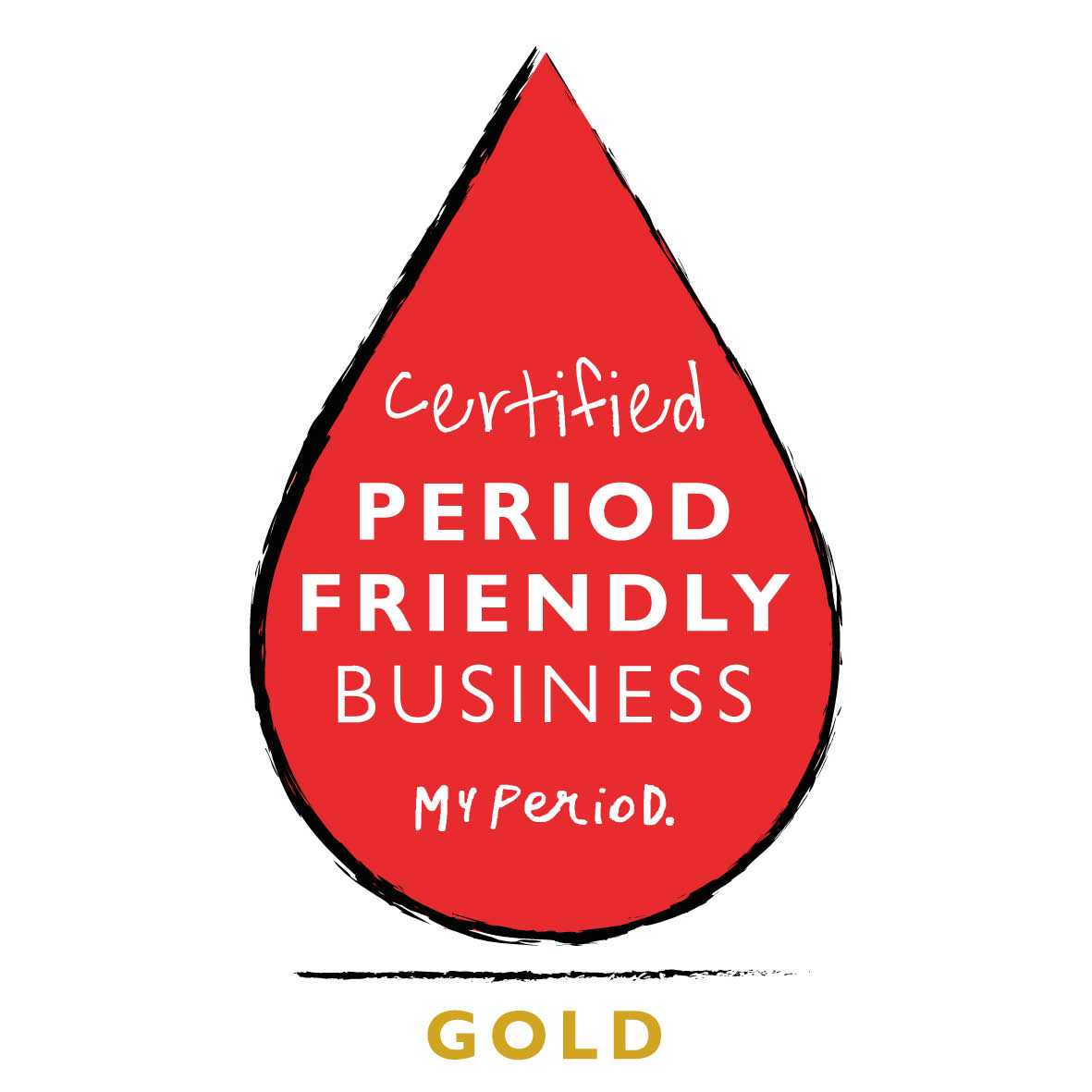Geography
Intent
At Poverest Primary School we aim that our Geography curriculum will enable children to become enthusiastic, active learners in this foundation subject. They will learn about the human and physical features of the world around them through being creative and curious, developing a greater understanding and knowledge of the world, as well as their place in it. The geography curriculum which is broad and balanced at Poverest allows children to develop knowledge and skills that are transferable to other curriculum areas. The Geography knowledge and skills are progressive throughout the children's time at Poverest with lessons that create awe and wonder about the world giving the children the eagerness to want to find out more in the subject in the next year group. We promote high expectations and aspirations for the children creating a lifelong love of the subject. Our pupils are encouraged to recognise that they have a voice and to use it confidently to debate topics that they feel passionate about, for example, deforestation or renewable energy. We aim to produce well- rounded individuals by providing our children with engaging opportunities to expand their cultural capital and experiences of the world.
Implementation
The National curriculum organises the Geography attainment targets under four subheadings or strands:
• Locational knowledge • Place knowledge • Human and physical geography • Geographical skills and fieldwork.
Through the support of Kapow's slick programme, we at Poverest ensure all these strands are covered in a broad and balanced way. In each year group the strands are taught through an engaging and exciting unit, in which the children develop their knowledge and build upon the skills they have learnt from the previous year. The progression is clear throughout the school when looking at children's learning in books and in their Geography Portfolio. The Portfolios are an essential part of our curriculum because the children have many active learning opportunities and these are recorded through photos and placed onto the portfolios.
Enquiry is an essential part of our Geography curriculum and the children can answer their own enquiry questions through the use of Fieldwork. . Kapow Primary units follow an enquiry cycle that maps out the fieldwork process of question, observe, measure, record, and present, to reflect the elements mentioned in the National curriculum. Fieldwork is carried out in all of the units we teach and the children can act upon their creativity and curiosity developed in the classroom.
Fieldwork includes smaller opportunities on the school grounds to larger-scale visits to investigate physical and human features. Developing fieldwork skills within the school environment and revisiting them in multiple units enables pupils to consolidate their understanding of various methods. It also gives children the confidence to evaluate methodologies without always having to leave the school grounds and do so within the confines of a familiar place. This makes fieldwork regular and accessible while giving children a thorough understanding of their locality, providing a solid foundation when comparing it with other places. Lessons incorporate various teaching strategies from independent tasks to paired and group work, including practical hands-on, computer-based and collaborative tasks. This variety means that lessons are engaging and appeal to those with a variety of learning styles. Each lesson provides guidance for teachers on how to adapt their teaching to ensure that all pupils can access learning, and opportunities to stretch pupils’ learning are also available if required. Knowledge organisers for each unit support pupils in building a foundation of factual knowledge by encouraging recall of key facts and vocabulary.
Each unit provides cross curricular opportunities which allows all learners to make connections to other subjects they learn and are passionate about. To continue to inspire our children, we know that we must ensure our subject knowledge is strong, therefore we are always engaging with the teacher videos on Kapow to keep our CPD up to date.
We like to be inspirational and inclusive to all our learners at Poverest in Geography and therefore we support our SEND children through the use of adaptive practice and teaching but also challenge our more able children in the lessons.
It has been chosen that teachers can select when is best to teach the Geography units throughout the school year. Some units are better suited to certain seasons of the year, for example "do you prefer hot or cold climates" is taught in Year 2 in Autumn 2, this is because it is more likely that the children will experience a wider variety of weathers whilst learning this topic.
Impact
Our enquiry-based and active approach to learning allows teachers to assess children against the National curriculum expectations for Geography. The impact of our broad and balanced scheme can be constantly monitored through both formative and summative assessment opportunities. Each lesson taught provides teachers opportunities to assess pupils against the learning objectives. Furthermore, each unit taught has a unit quiz which is used at the end of the unit to assess children’s understanding. Opportunities for children to present their findings using their geographical skills will also form part of the assessment process in each unit. After implementing our Geography curriculum, pupils should leave school equipped with a range of skills and knowledge to enable them to study Geography with confidence at Key stage 3. We hope to shape children into curious and inspired geographers with developed knowledge, respect and appreciation for the world around them alongside an understanding of the interconnection between the human and the physical.
The expected impact is that children will:
● Compare and contrast human and physical features to describe and understand similarities and differences between various places in the UK, Europe and the Americas.
● Name, locate and understand where and why the physical elements of our world are located and how they interact, including processes over time relating to climate, biomes, natural disasters and the water cycle.
● Understand how humans use the land for economic and trading purposes, including how the distribution of natural resources has shaped this.
● Develop an appreciation for how humans are impacted by and have evolved around the physical geography surrounding them and how humans have had an impact on the environment, both positive and negative.
● Develop a sense of location and place around the UK and some areas of the wider world using the eight-points of a compass, four and six-figure grid references, symbols and keys on maps, globes, atlases, aerial photographs and digital mapping.
● Include a paragraph that explains your assessment models (AfL), tracking and evidencing progress processes in Geography.
● Identify and understand how various elements of our globe create positioning, including latitude, longitude, the hemispheres, the tropics and how time zones work, including night and day.
● Present and answer their own geographical enquiries using planned and specifically chosen methodologies, collected data and digital technologies.
● Meet the ‘Understanding the World’ Early Learning Goals at the end of EYFS, and the end of key stage expectations outlined in the National curriculum for Geography by the end of Year 2 and Year 6.
Other information
Accordion content
Have a go at some of the games and quizzes on the National Geographic website


